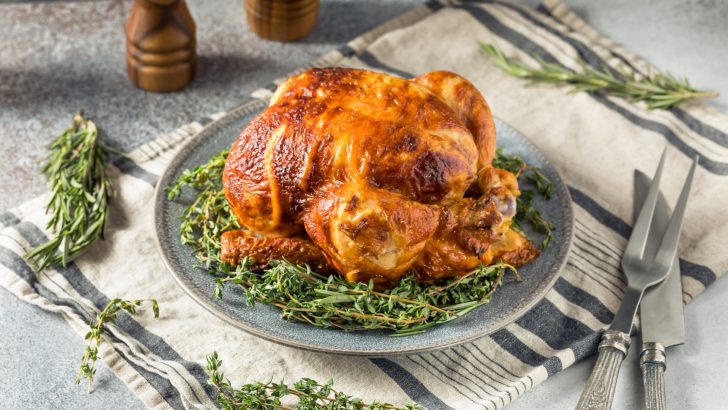Rotisserie chickens: those golden, glistening beauties spinning endlessly under grocery store heat lamps like they’re auditioning for Dancing with the Poultry.
They look innocent enough—crispy skin, juicy meat, bargain price—but behind that delicious twirl lies a coop full of myths, rumors, and suspiciously long ingredient lists.
Are they secretly pumped full of mystery juice? Do they come from a magical rotisserie farm where chickens marinate themselves? Time to grab a napkin and dig into the juicy truth—no feathers spared.
1. Spinning Makes It Juicier
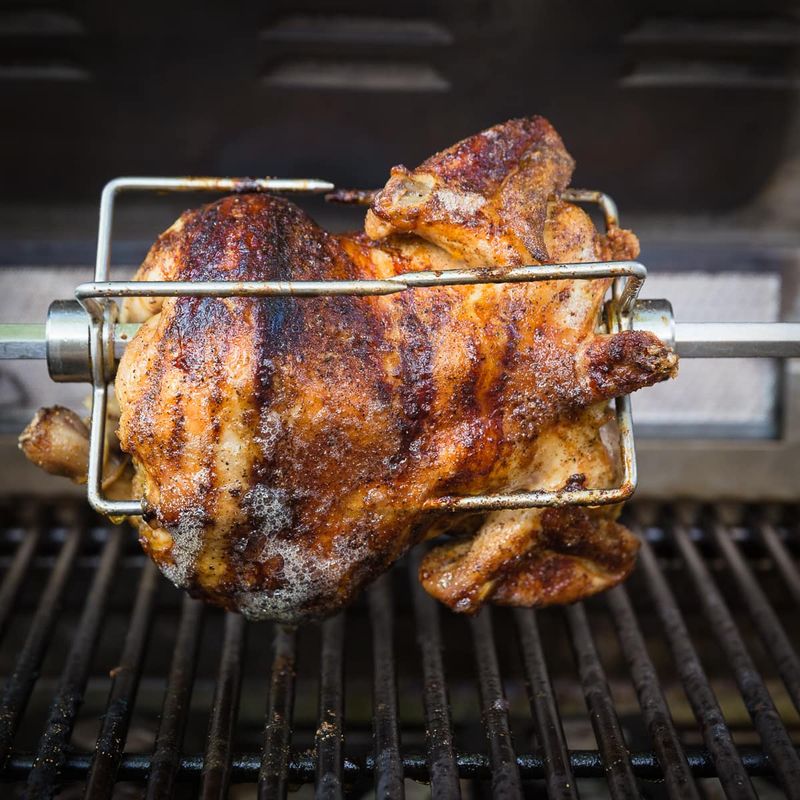
Contrary to popular belief, the rotation itself doesn’t magically create juiciness! The spinning simply ensures even cooking and allows fat to baste the meat naturally.
What actually keeps rotisserie chickens moist? A combination of proper cooking temperature, pre-seasoning, and yes, some stores inject them with broth solutions. Sneaky, but effective!
2. Yesterday’s Roasters Get Repurposed
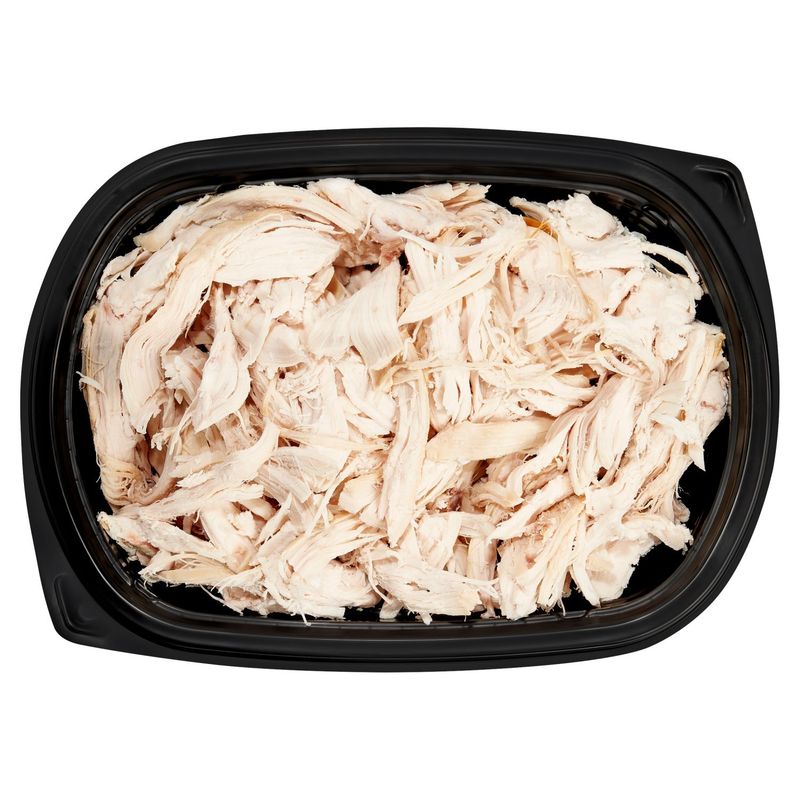
Grocery stores are clever with their unsold rotisserie chickens! Many strip the meat for ready-made chicken salads, soups, and other deli items the following day.
This brilliant business practice reduces food waste while creating convenient new products. Smart shoppers might recognize yesterday’s rotisserie flavor in today’s chicken noodle soup special!
3. They’re Always Freshly Cooked
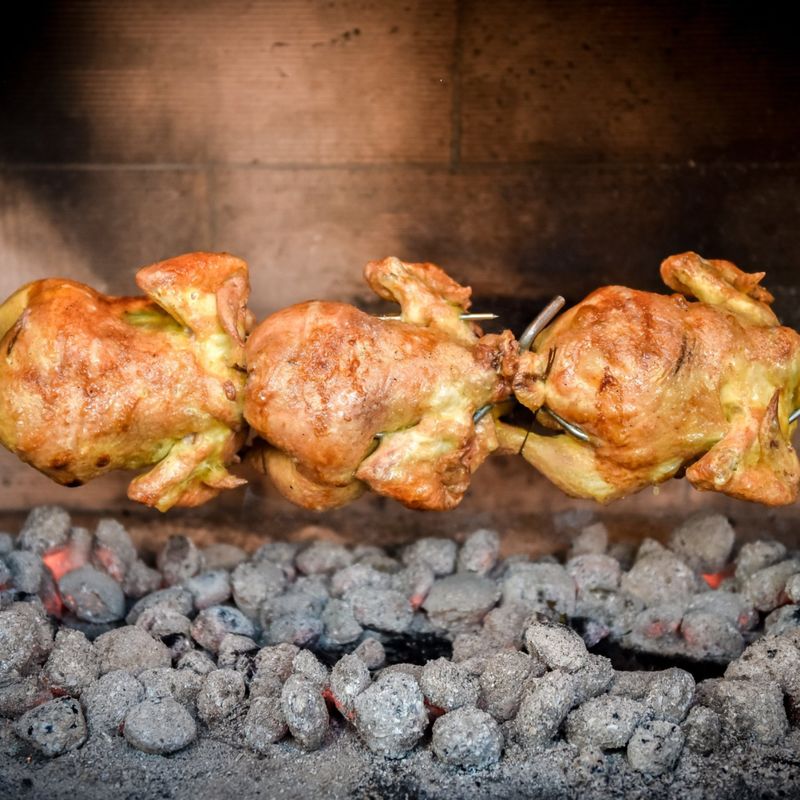
Shocker alert! That piping hot chicken you just grabbed might have been spinning for hours. Most stores have holding times of 4-6 hours before chickens must be pulled.
Looking for the freshest bird? Ask what time the next batch comes out! Employees usually know the cooking schedule and can point you toward the newest rotisserie chickens. Your taste buds will thank you!
4. Smaller Birds Are Chosen On Purpose
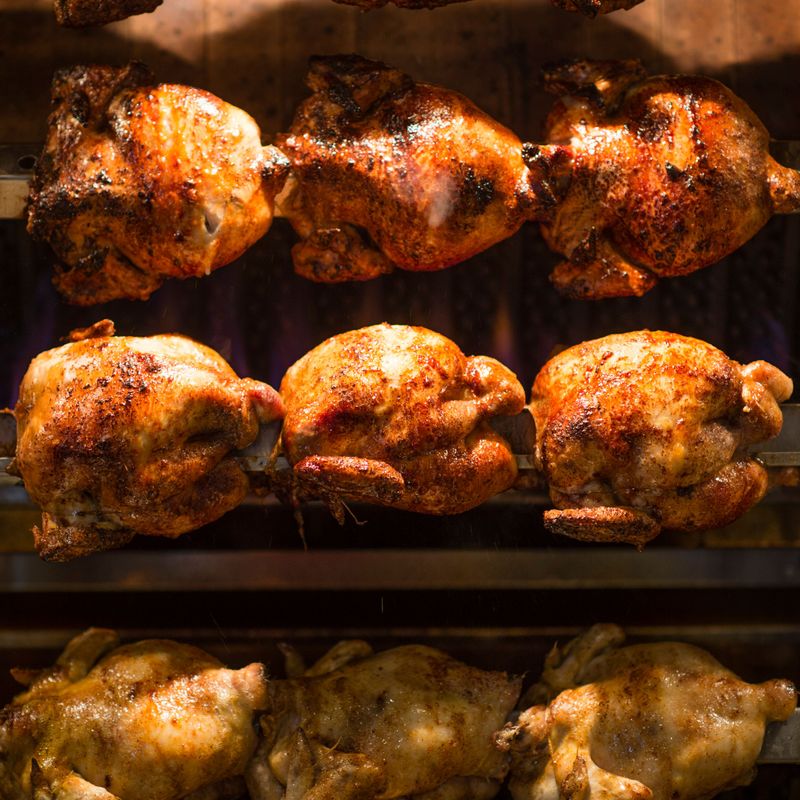
Have you noticed store rotisserie chickens seem smaller than raw ones? You’re not imagining things! Grocers specifically select smaller birds (usually 2-3 pounds) for their rotisserie programs.
Why the pint-sized poultry? Smaller chickens cook faster and more evenly. Plus, stores can maintain a consistent price point while still making a profit. Size matters in the rotisserie world!
5. All Rotisserie Chickens Taste The Same
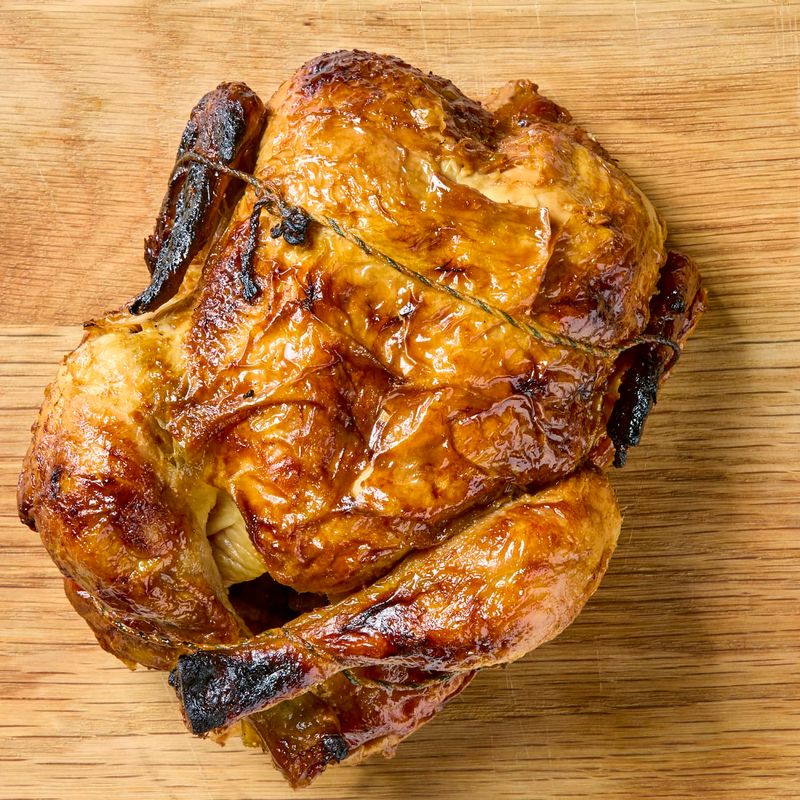
Holy flavor differences, Batman! Each grocery chain has its own proprietary seasoning blend that makes their birds unique. Costco uses a different seasoning profile than Walmart or Whole Foods.
Some use paprika-heavy rubs while others lean into garlic or herbs. Serious rotisserie fans can often identify their favorite store’s chicken in a blind taste test! Which one’s your secret favorite?
6. They’re A Strategic Loss Leader

Ka-ching! Stores often sell rotisserie chickens at a loss to get you in the door. Costco famously maintains their $4.99 price despite inflation because these birds drive massive foot traffic.
The psychology is brilliant – once you’re inside for that cheap chicken, you’ll likely grab other higher-margin items. It’s the retail version of “come for the chicken, stay for the shopping spree!”
7. The Skin Gets Special Treatment
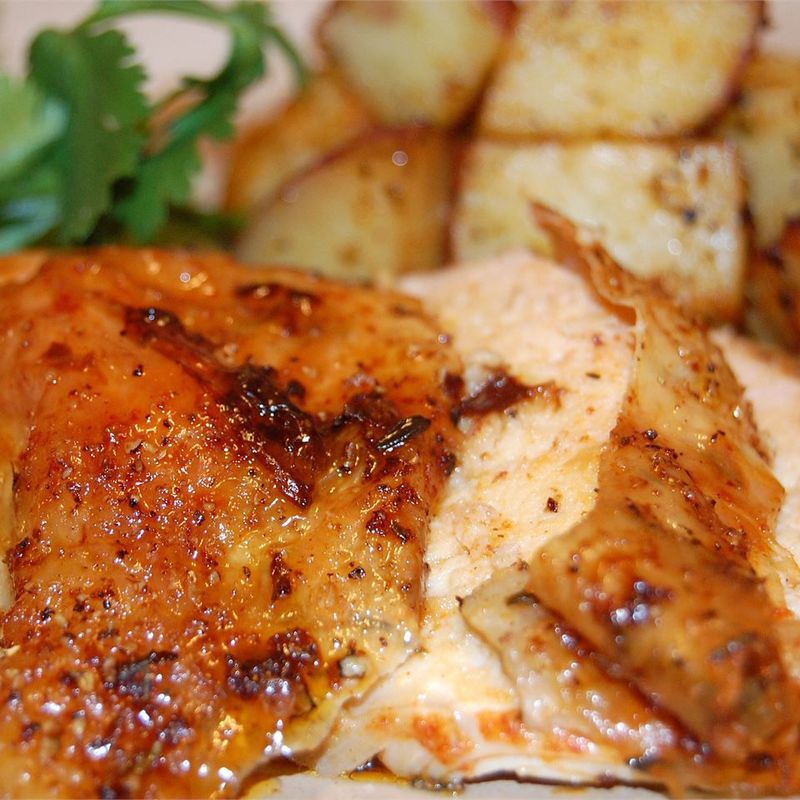
That gorgeously browned, crispy skin isn’t just luck – it’s science! Many stores brush chickens with a mixture containing paprika, sugar, and sometimes butter before cooking.
The sugars caramelize during roasting, creating that signature golden-brown exterior we can’t resist. Some chains even use specialized equipment that directs extra heat toward the skin. Crispy chicken engineering at its finest!
8. Raw Is Always Cheaper Than Rotisserie

Math wizards, prepare to be amazed! When you factor in seasoning costs, cooking energy, and your valuable time, that $7 rotisserie chicken often beats buying and roasting a raw bird yourself.
Plus, stores use economies of scale and often sell rotisserie chickens as loss leaders. Next time someone claims you’re wasting money on convenience, hit ’em with this financial chicken fact!
9. They Have Expiration Timers
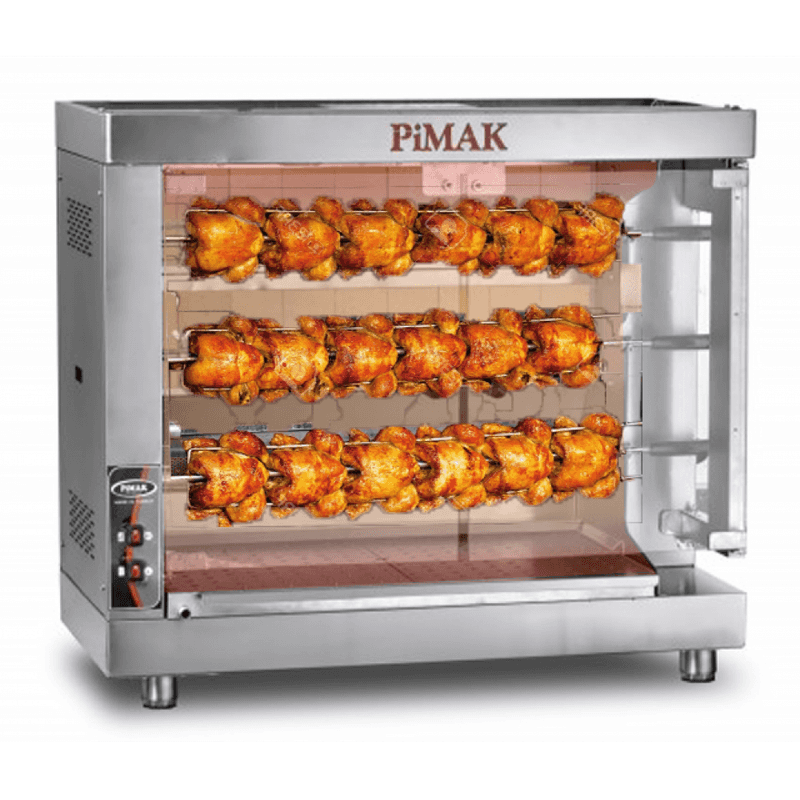
Spy those little colored tags on rotisserie chicken packages? They’re secretly telling employees when to pull the birds! Each color represents a different time window.
Store policies typically require chickens to be removed after 4-6 hours under heat lamps. What happens to these timed-out birds? They become ingredients for prepared foods or, at some locations, donations to food banks!
10. Leftover Birds Are Always Thrown Away
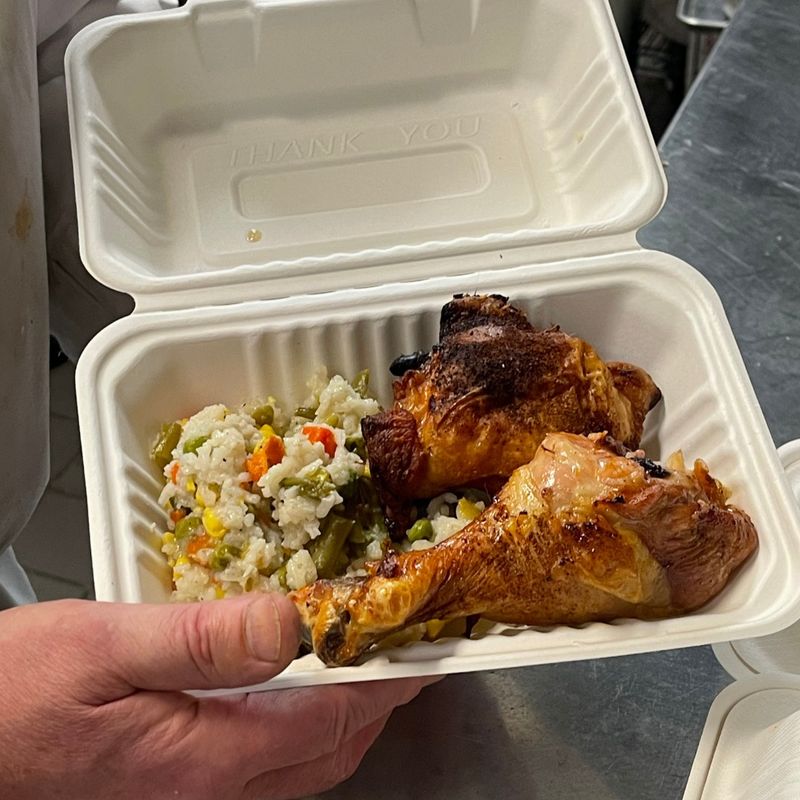
Food waste warriors, rejoice! Contrary to urban legend, most unsold rotisserie chickens aren’t tossed in dumpsters. Smart stores repurpose them into prepared foods like chicken salad, soup, or enchiladas.
Some grocers partner with food rescue organizations to donate safe, unsold chickens to shelters. Others offer day-old birds at discount prices. The rotisserie chicken afterlife is surprisingly resourceful!
11. Cooking Times Are Precisely Calculated

Tick-tock goes the chicken clock! Commercial rotisserie ovens follow scientifically determined cooking cycles based on bird size, quantity, and starting temperature.
Most stores cook their chickens for exactly 90-120 minutes at carefully controlled temperatures. This precision ensures food safety while preventing the dreaded dry-out. Next time you watch those birds spin, appreciate the culinary calculus happening!
12. The Chickens Are Pre-Cooked Before Rotating

Conspiracy theorists, stand down! Those chickens start completely raw on the rotisserie spits. The confusion likely stems from their quick availability and consistently moist texture.
What’s the real secret? High-efficiency commercial ovens and perfectly timed cooking cycles. Some stores do use pre-brined chickens, but they’re definitely not pre-cooked. That hypnotic spinning is doing the real cooking work!
13. Packaging Creates A Mini Greenhouse
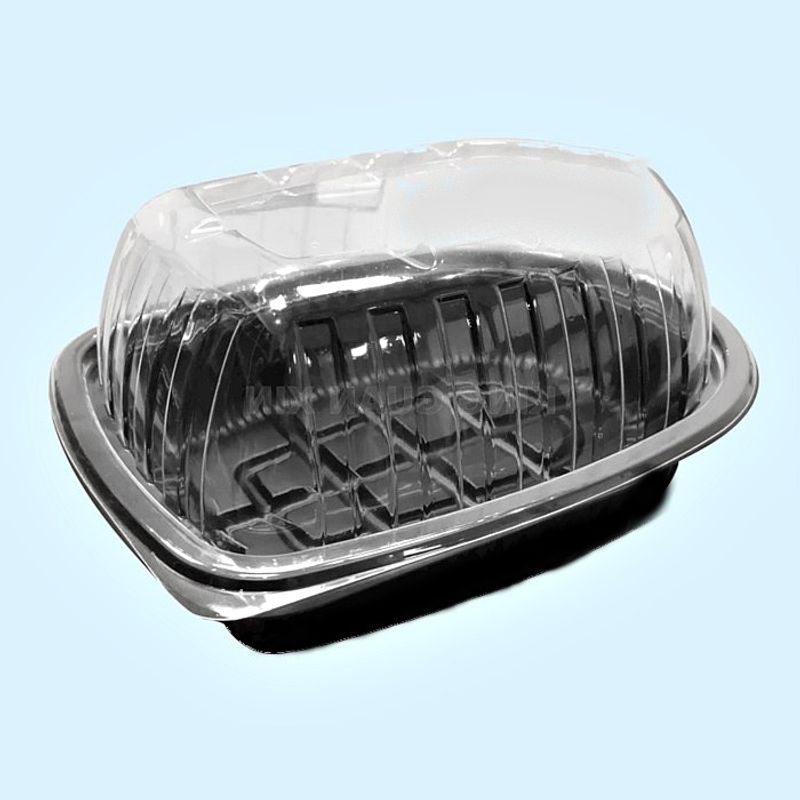
Ever notice how rotisserie chickens come in those plastic containers with vents? That’s chicken science in action! The container traps just enough heat and moisture to keep the bird warm without making it soggy.
The clear dome creates a mini greenhouse effect, while strategic vents release excess steam. This ingenious packaging ensures your chicken stays in the temperature danger zone for as little time as possible!
14. Organic Rotisserie Chickens Taste Better
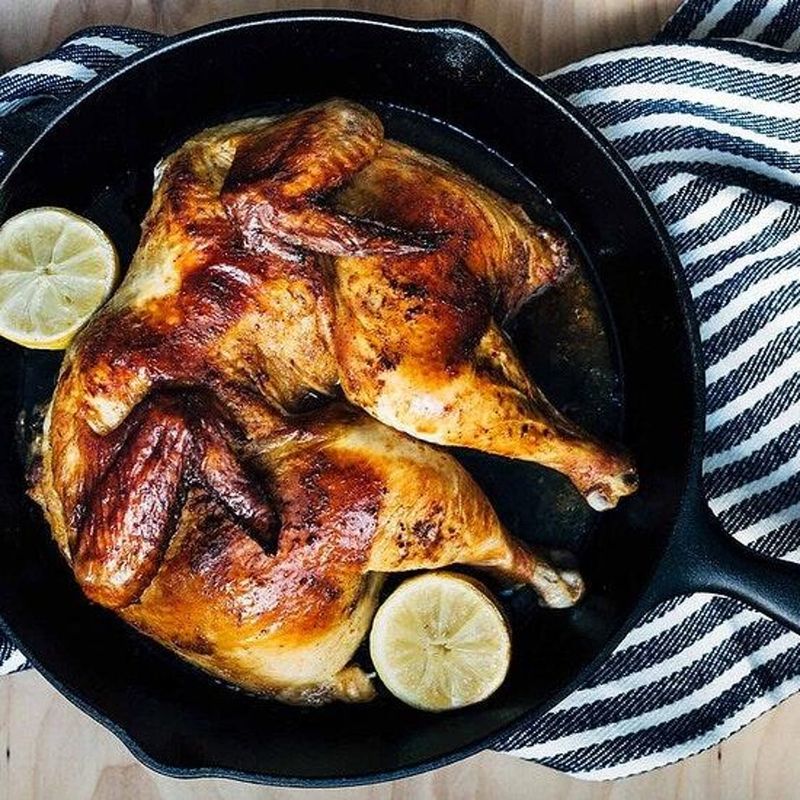
Prepare for a taste revelation! In blind tests, most people can’t consistently identify organic versus conventional rotisserie chickens based on flavor alone. The seasoning blend and cooking method have far more impact on taste.
The real differences? Farming practices and potentially fewer additives. Choose organic for ethical or health reasons if you wish, but don’t expect a flavor explosion. Your taste buds might not know the difference!
15. There’s A Secret “Best Day” To Buy Them
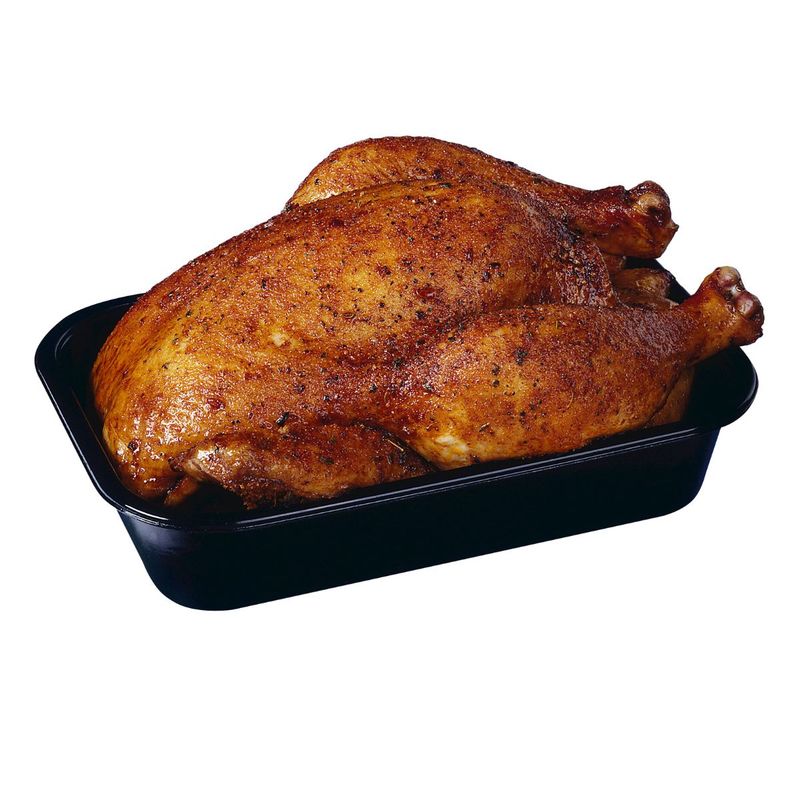
Psst! Want insider chicken intel? Many supermarkets run rotisserie chicken specials on days when they typically have slower foot traffic – often Tuesdays or Wednesdays.
These mid-week deals might save you $1-2 per bird! As a bonus, weekday chickens often come from fresher batches due to lower demand. Mark your calendar and become a strategic rotisserie shopper!

